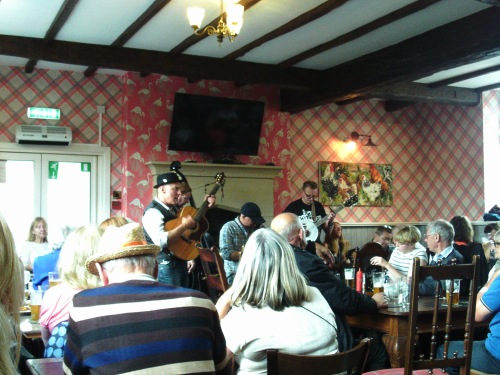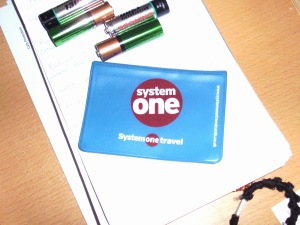
Farewell annual System 1. You, and your monthly predecessors, have served me well these past twelve years. You got me through a particularly nasty and protracted bus war on the 192 route between 2006 and 2007, gave me access to the excellent TP bus service, a plethora of services running between Stockport and Macclesfield (admittedly, you only permit travel as far as Poynton, but still…) and Middlewood, not to mention the now no longer running but delightfully eccentric 62A service. In addition, you have ensured that I never have to pay extra to travel to Lyme Park.
I will miss you tremendously, and despite living in an area where Stagecoach have the monopoly on all my bus routes, I will, at times, make use of your System 1 Day Rider sibling to travel beyond my usual locations.
I first started buying the day version of the System 1 when I was working as a casual across Stockport in the mid 2000’s. Most of the places I’d be working were covered by bus routes run by Stagecoach, but if I was travelling to High Lane or Marple then, chances were, I’d be using Skyline, Bowers, or another company whose name I forget who were running the 394 and 391 at the time. And possibly Stagecoach if I ended up on the 375. To maximise all possibilities of optimum travel smoothness (always a bit of a pipe dream in Greater Manchester where imagination, ingenuity and prayer tend to be more common approaches to travel than any notion of an integrated public transport network) if I was travelling between Hazel Grove and Marple or Hazel Grove and High Lane, I needed a System 1 day rider, not a Megarider or Stagecoach Day Rider.
I appreciate this might sound a bit odd to any London readers, but if you’ve grown up with deregulated buses, privatised railways and a thoroughly un integrated public transport network, this is normal. I was a veteran of three bus wars on my local bus route before I was thirty.
What is a a bus war? A bus war occurs when two (or more…) bus companies decide that they would both like to run buses on a (usually very lucrative) bus route. This is not the same phenomena as a bus company ditching a route it can no longer make a profit on and the local council (or councils) then having to find another company willing to run buses on the route through a system of council subsidy. The two phenomena are related though.
Anyway, bus wars. Within the Greater Manchester area, most of the routes are tied up by Stagecoach, though First and Finglands also run a lot. Within Stockport, it’s mostly Stagecoach. At the time of the last 192 bus war (2006-2007) there were approximately ten different bus companies operating in Hazel Grove, thanks to it’s unique geographical location (it’s in Stockport but also borders Cheshire and Derbyshire) but the main bus route between Hazel Grove and Manchester, the 192, was run by Stagecoach.
Ever since bus deregulation in the 1980s, Stagecoach have had competition on this route. Firstly from GM buses, who they won the route off at the start of deregulation, then later UK North, then – lastly – an amalgamation of the two companies.
The 2006-2007 bus war on the 192 route led to both Stagecoach and UK North flooding the route with buses, a lot of aggressive driving practices (using two buses to block a rival bus in at a bus stop while another bus zipped ahead on the route to collect customers at the next few stops was a favourite), and the snarling up of Manchester city centre, not to mention increased traffic and pollution on the A6 between Manchester and Hazel Grove.
From a passenger point of view, a number of bus users were actively abusive to the (largely) Polish drivers recruited by UK North, who were themselves being exploited in a number of ways by their employer, and – since UK North were regularly the only one of the two companies on the route willing to run buses between Manchester and Hazel Grove (as opposed to the ‘part route’ options of going as far as Stockport or Stepping Hill) I was having to pay extra every night to get home from work.
After about a month of this, I invested in a monthly System 1. Which meant I could either get a UK North 192 from Manchester to Hazel Grove without having to pay extra, or get any 192 to Stockport bus station and get the Buxton bus to Hazel Grove without having to pay extra (I worked evenings so the Macclesfield and Middlewood buses weren’t a option at this point as they knocked off by half 5 or 6pm every night). Stagecoach were occasionally running 192’s on the whole route at this time, but you had to wait ages sometimes (like, half an hour or more some nights) so it was worth paying extra in order to get the first bus that turned up. There was the added bonus that the money from the System 1 went to Transport For Greater Manchester (who run the scheme) not to Stagecoach, who I felt very aggrieved towards at the time.
The 192 bus war finally ended in 2007 following an accident involving a UK North bus (not a 192, on another route) in which a man died. UK North were subsequently stripped of their licence and later banned from operating for life.
In the interests of balance, I should also point out that Stagecoach were banned from operating in Manchester city centre for a period in 2007 as a result of ‘bullying’ behaviour towards other operators in a different bus war. As such, neither side could be regarded as angels.
As for the Polish bus drivers who lost their jobs when UK North folded, many of them went on to work for Stagecoach.
Transport For Greater Manchester discontinued the annual System 1 last year. I did look into buying monthly System 1’s instead but the cost over the year was eye wateringly high. And so, with a heavy heart, I am now back to owning a Stagecoach only Megarider, albeit with the caveat that I’m not going to let it put me off travelling on non Stagecoach routes. I still want to go for walks in Lyme Park every now and then for a start, and that requires a System one or a ticket for Skyline.
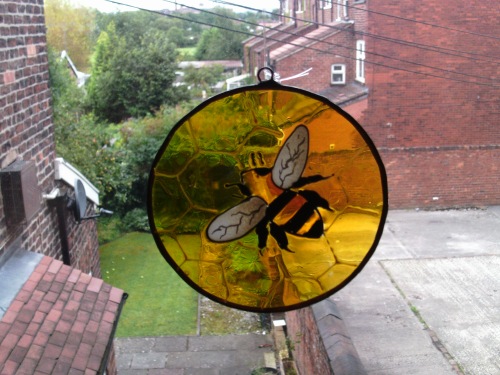
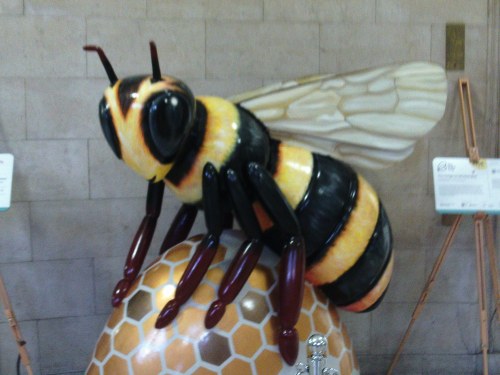 I’ve been planning to have a go at the
I’ve been planning to have a go at the 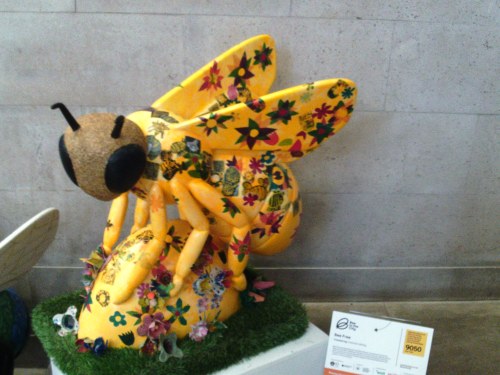
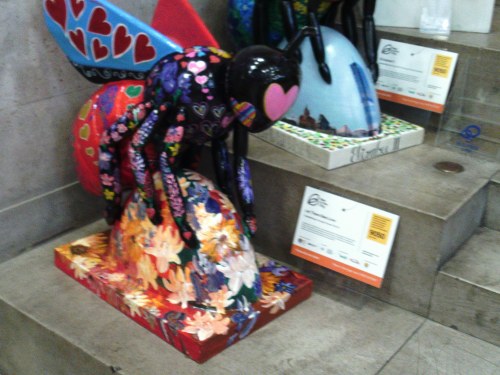

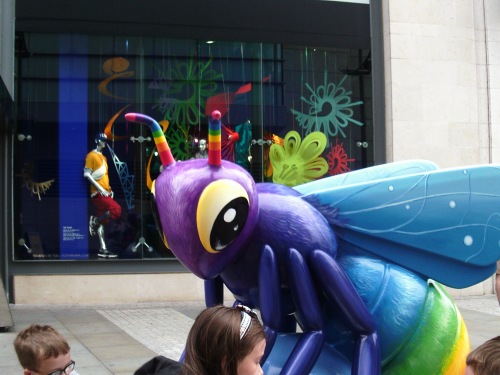
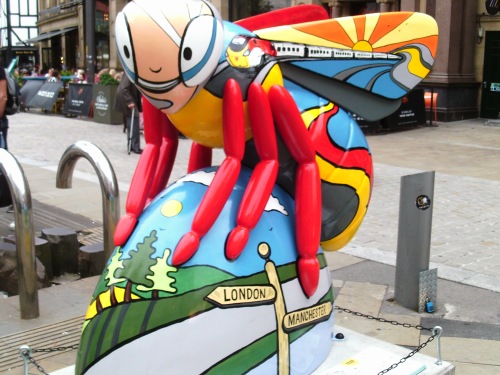
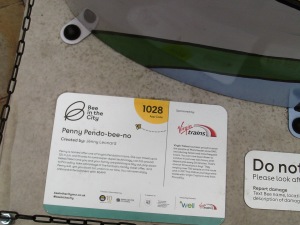
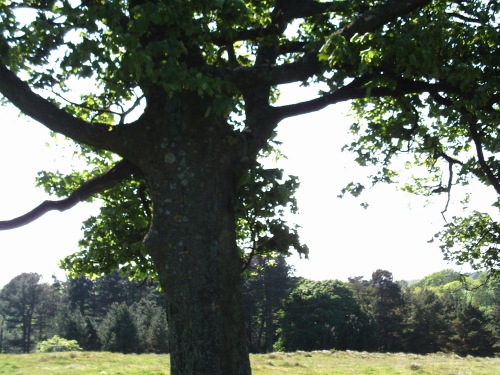


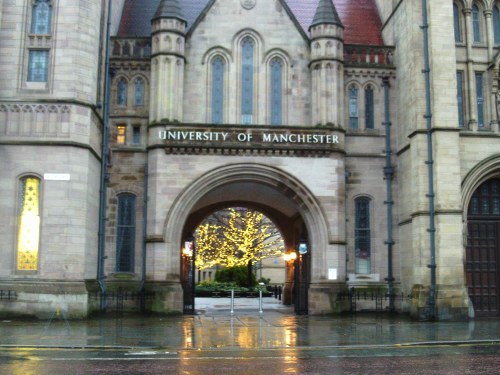
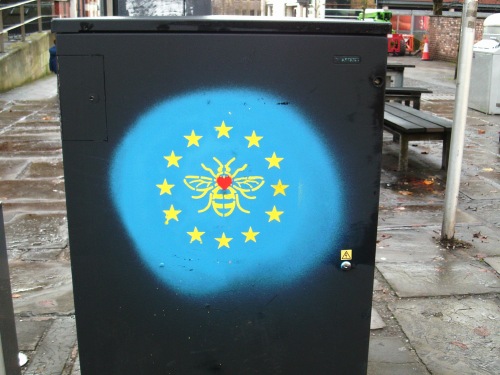
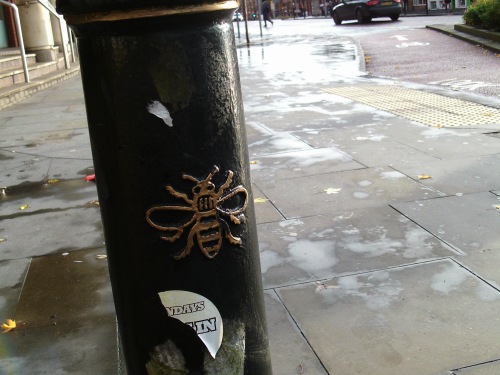
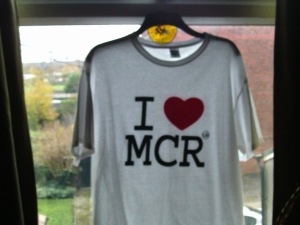 The BBC World Service broadcast a short 30 minute documentary on the 17th November for it’s faith strand, Heart and Soul, about the aftermath of the Manchester Arena bombing, which happened six months ago.
The BBC World Service broadcast a short 30 minute documentary on the 17th November for it’s faith strand, Heart and Soul, about the aftermath of the Manchester Arena bombing, which happened six months ago. The folk train from Manchester to Hathersage seems to be a bit of a word of mouth thing. I knew that there were folk trains that ran in the Manchester/Greater Manchester area, but I hadn’t investigated them before.
The folk train from Manchester to Hathersage seems to be a bit of a word of mouth thing. I knew that there were folk trains that ran in the Manchester/Greater Manchester area, but I hadn’t investigated them before.

